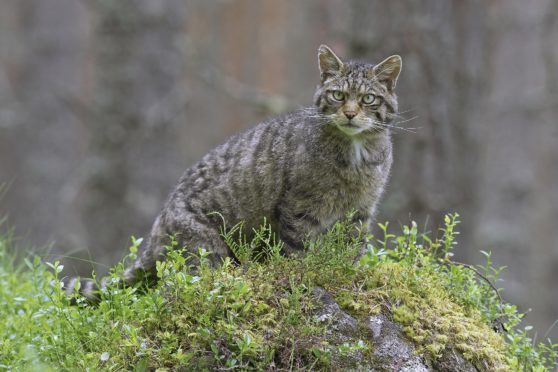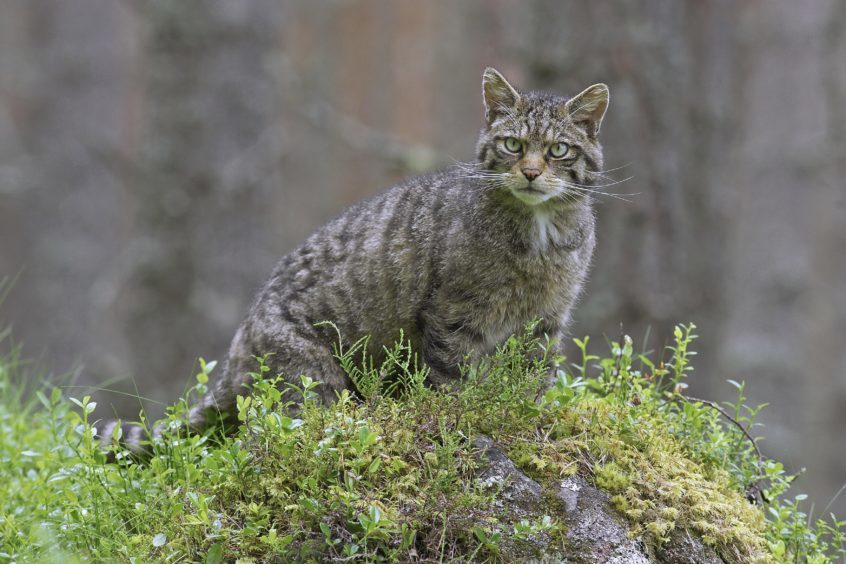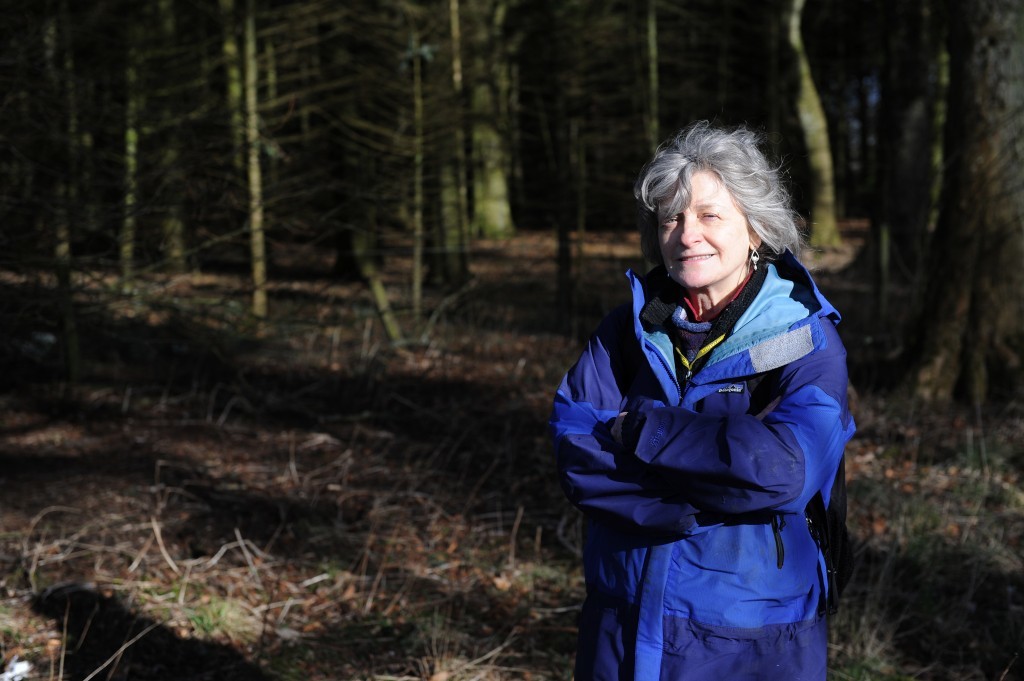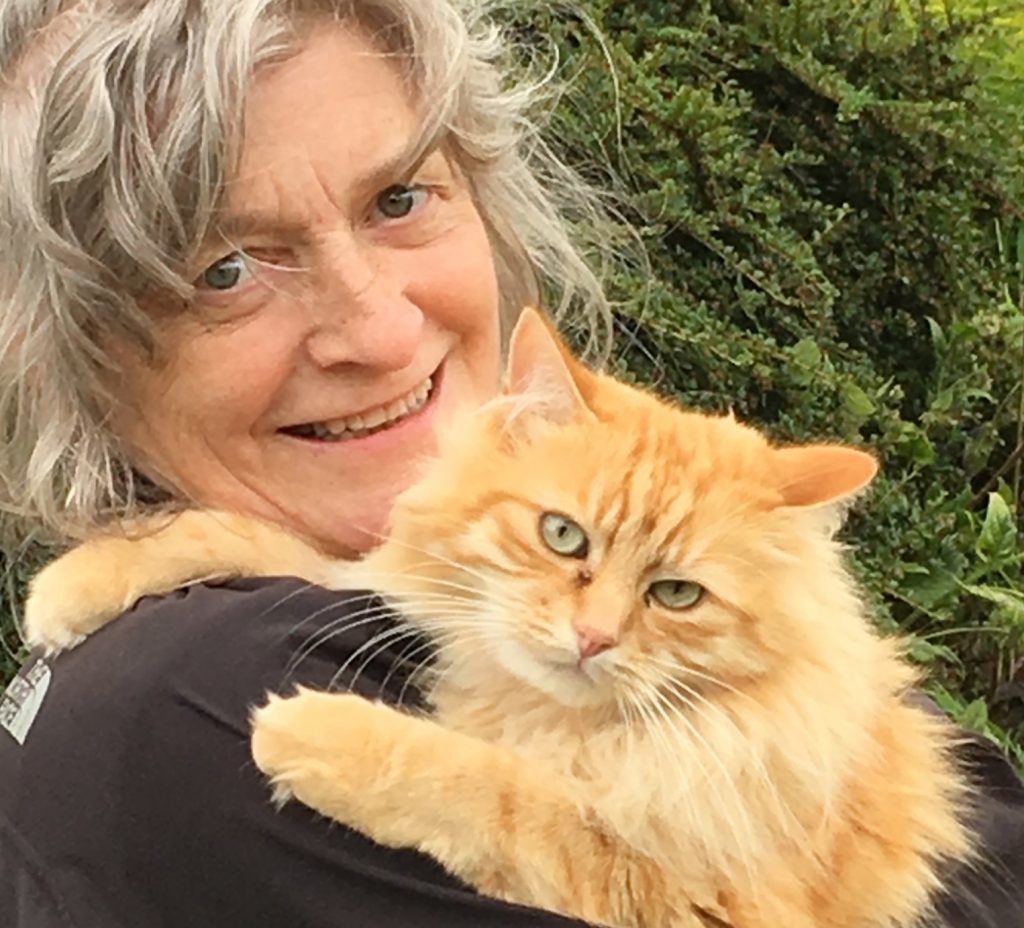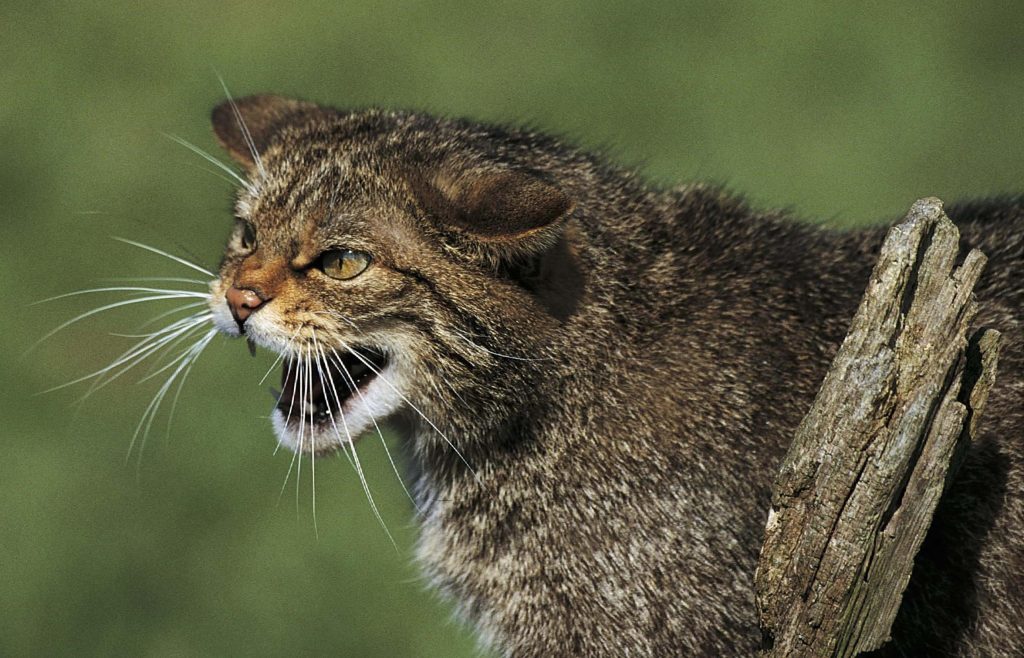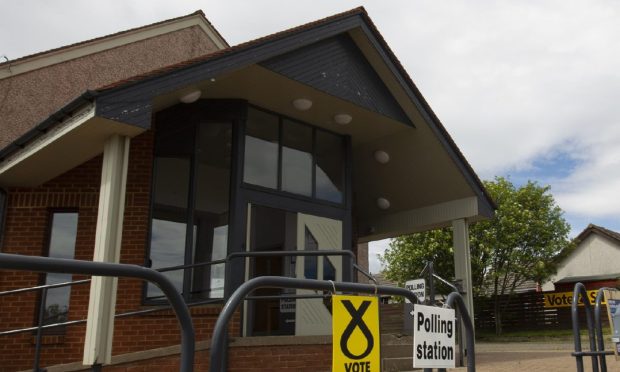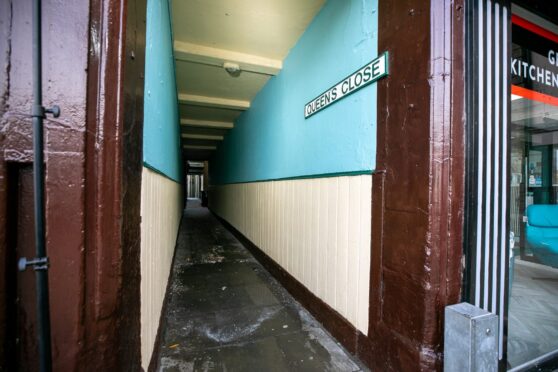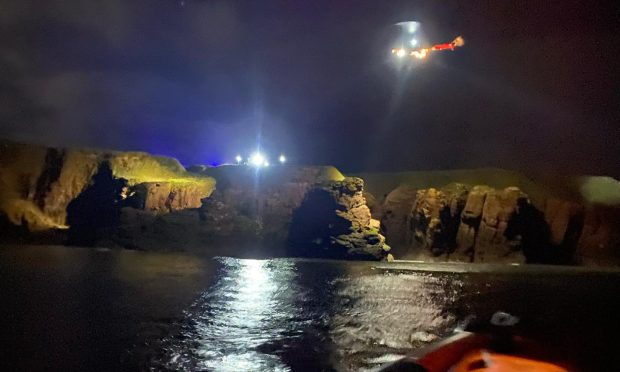An Angus campaigner says she fears the reintroduction of wildcats in Scotland is doomed.
Dr Ellie Stirling, from Forfar, has been fighting to have all owned cats neutered by law as part of a drive to save the protected species.
The public petitions committee has agreed to reflect before deciding what to do next.
The numbers of Scottish wildcats is dwindling and interbreeding is regarded as the biggest threat to the wild population.
Scottish wildcats bred in captivity are to be released into the wild for the first time in a bid to save the critically endangered species.
The Royal Zoological Society of Scotland (RZSS) secured a £3.2 million EU LIFE grant to help fund a pioneering six-year project to breed and release the animals.
VIDEO: Wildcats set for big return to the Cairngorms in major £3.2m project
Dr Stirling said the wildcat programme of action is at risk “because the hybridisation that is unique to Scotland will happen all over again”.
She said: “Our situation is different from mainland Europe which has retained, in some areas, sufficient spatial separation between residual wildcat and human populations.
“Nor can this situation be changed. We are a small island with a widely dispersed high density human population.
“Even if we undertake woodland restoration to extend natural wildcat habitat this will involve areas where people live.
“The cats and kittens I am tracking and trapping for at the moment are travelling up to one to two miles in a night even in temperatures of -7C and are highly challenging to catch.
“This is quite the norm in Scotland. Cats living ferally are not typically in large colonies around farms.
“On the contrary, most live dispersed, and on the move.”
Dr Stirling said it seems sensible to have plans to launch a best-practice programme to reduce cat numbers.
Environment secretary Roseanna Cunningham said she agreed high numbers of unneutered feral cats are a significant threat to the existence of the wildcat population.
She said the Scottish Government’s position is there is not the “empirical evidence that people might expect to see” to justify all owned cats being neutered.
She said: “We have considered the theoretical projections of an increase in the number of cats and looked at the assumption that they are unneutered.
“There are a lot of in-built uncertainties and assumptions in and around that.
“You could apply similar projections to almost any other species and come up with a theoretical set of numbers.
“The issue is whether there is empirical evidence that supports that.”
Other factors, such as habitat loss, have also been blamed for the declining population of the Scottish wildcat.
